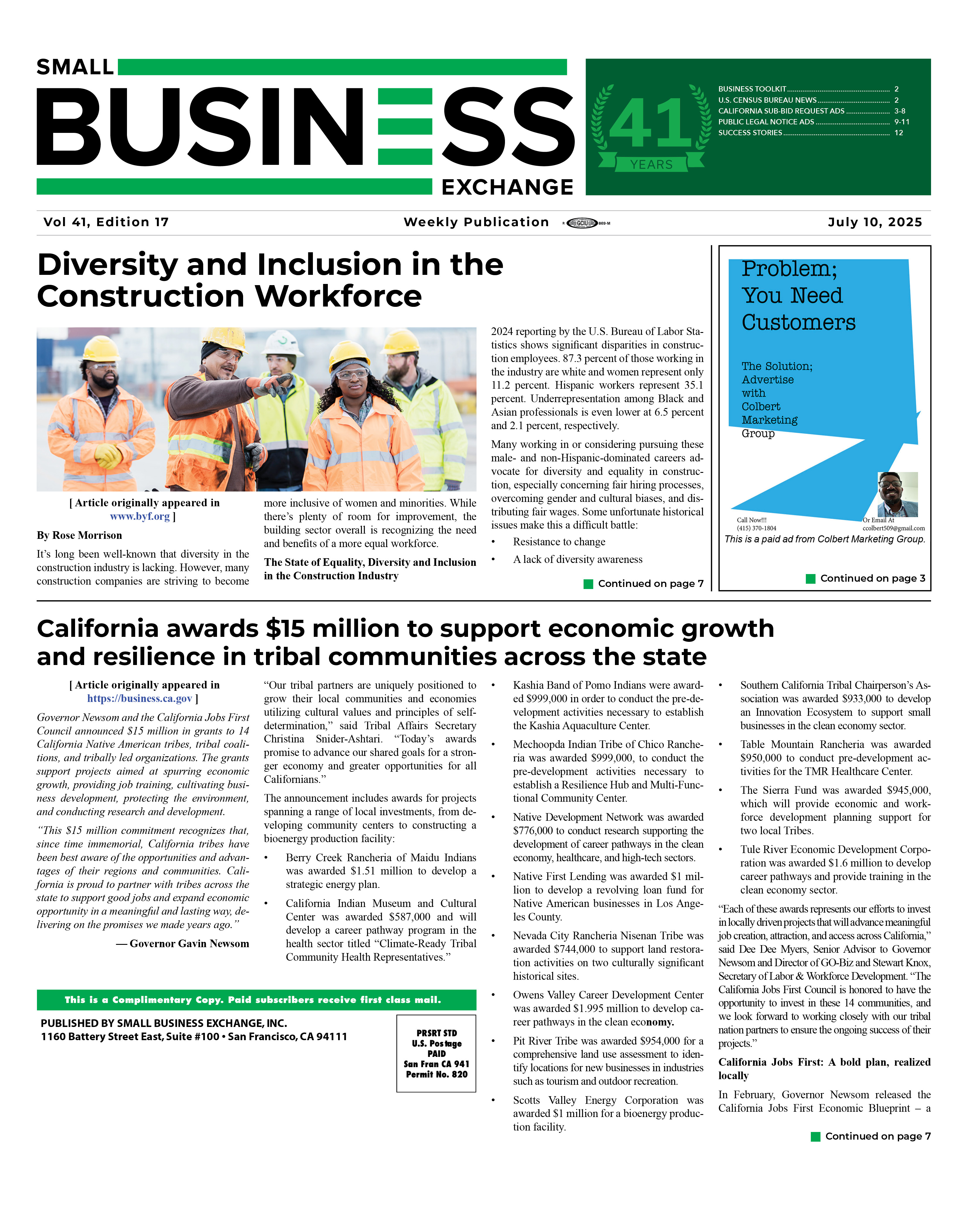By Maggie Bloom,
Rather than grasping at straws, streamlining and upgrading your payroll software is one approach to save money for your organization.
After more than a year of the pandemic-induced economic depression, if you can do anything to balance the books, streamlining internal procedures to guarantee your firm gets the most value for money should be a priority.
Manual payroll processing exposes your firm to the danger of human mistakes, which may result in a variety of issues. Consider the situation when one of your workers is not paid on time or gets an inaccurate wage. This might breed suspicion and result in a loss of trust in your company.
1. Maintain a Calendar
Payroll processing involves a variety of deadlines; therefore, it's a good idea to create a payroll calendar. You'll need to keep track of your pay intervals and filing dates. Additionally, you'll be required to report payroll deductions and withholdings by certain dates.
If you operate in many countries, your calendar might get pretty full. Reminders and images might assist in keeping your team on track.
2. Consider Upgrading Your Payroll Software
Upgrading your payroll software may significantly simplify your business's payroll procedures. With more modern, state-of-the-art payroll technology, you may notice a significant reduction in time spent processing payroll while maintaining greater data entry and processing accuracy. Bear in mind. However, that computer software cannot resolve all of your process problems independently.
3. Change to Employee Time Entry Mode
Rather than manually inputting employee work hours, switching to employee-led time tracking is definitely worth the cost. Employees may track their time using
time clock software, which is the most preferred method in today's mobile and remote work environment.
While you will need to double-check and address employee mistakes, this method is far more accurate than having a single finance team member record each employee's hours. Consult your current payroll processor for time clock functionality and integrations. While most payroll processors and human resource software packages include time tracking features, you may easily integrate third-party time tracking with your current payroll system.
4. User Interface
With the above in mind, your employees must use the payroll software.
Nothing is more infuriating than a sophisticated system that is difficult to navigate for staff who are not educated in the program. This will result in time being spent by both your human resources department, which will eventually handle the software, and your employees, who have more vital jobs to do.
If the payroll technology may be challenging for the least technically savvy personnel, ensure you document the step-by-step payroll procedure and make it accessible internally through communication channels. You might even conduct payroll software training classes and refresh them every few months or so to keep up with technological advancements.
5. Eliminate Paper
Another way to improve payroll is to go to a paperless system. If you're still printing and sending pay stubs on paper, you're likely spending a lot of money on printing, ink, and mailing materials. Additionally, it takes time to compile and deliver paper paystubs. When you switch to an electronic system, you may often produce and distribute paystubs with a single click.
Verify if your location permits the usage of electronic paystubs. Certain states in the United States, for example, need a paper record.
6. Outsource Your Payroll Administration
Upgrade an existing one; outsourcing to a professional, full-service payroll administration firm may be a cost-effective and strategic solution.
One of the most significant changes in corporate payroll administration is outsourcing these duties to a Payroll Management Services provider. This is a significant trend among big and small firms alike since many realize that the cost savings exceed the investment.
Continuous education and training are crucial for firms, particularly for human resources and payroll specialists. Payroll administration has never been a static profession but has always been dynamic and developing. Payroll experts must stay current with changes in technology, available tools and services, and legislation.
Conclusion
By implementing the suggestions above, your firm might be well on its way to enhancing its payroll process this year. At a time when companies may be most in need of assistance, it is sometimes the least evident place that may save the greatest money in the long term. And payroll is no exception.





